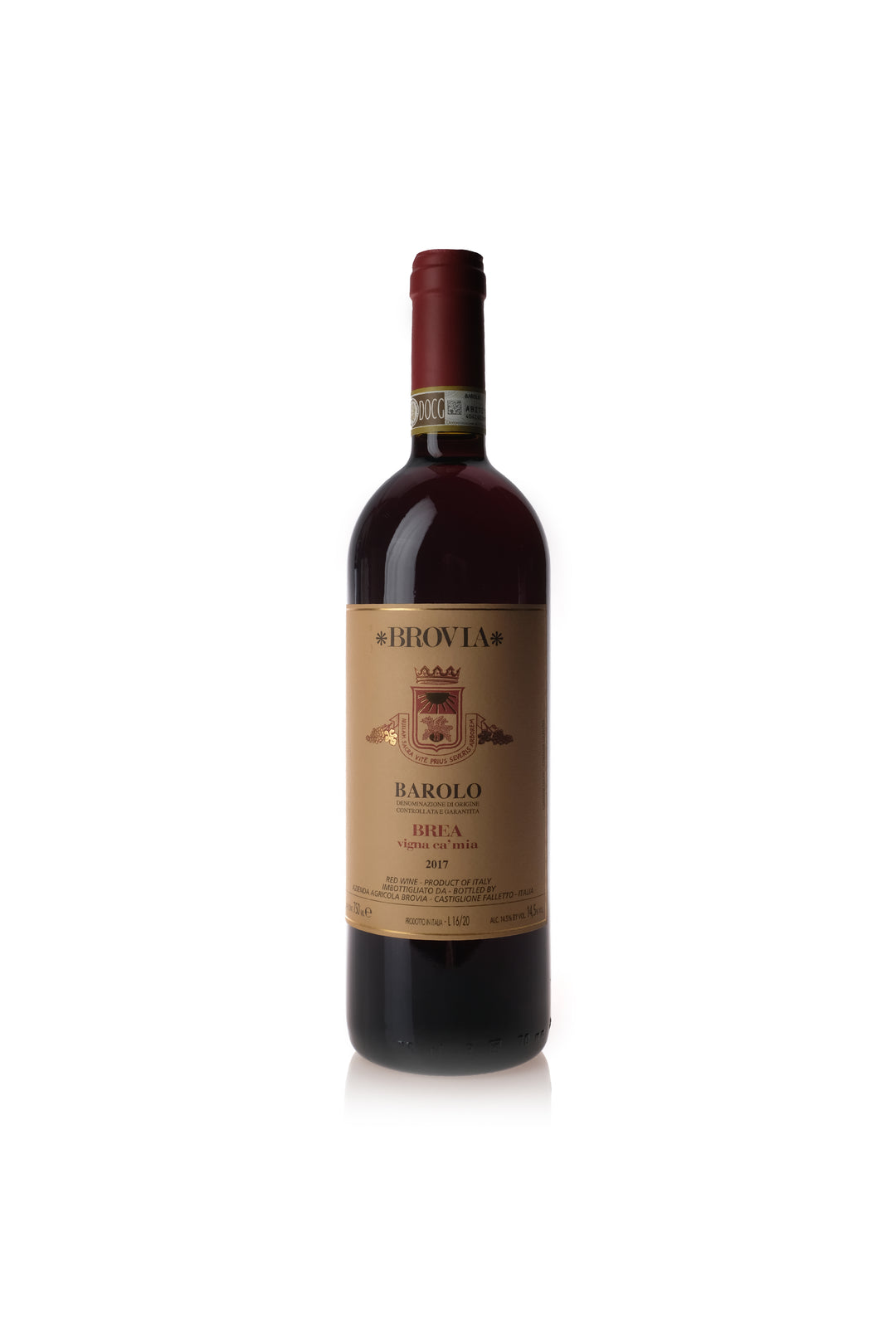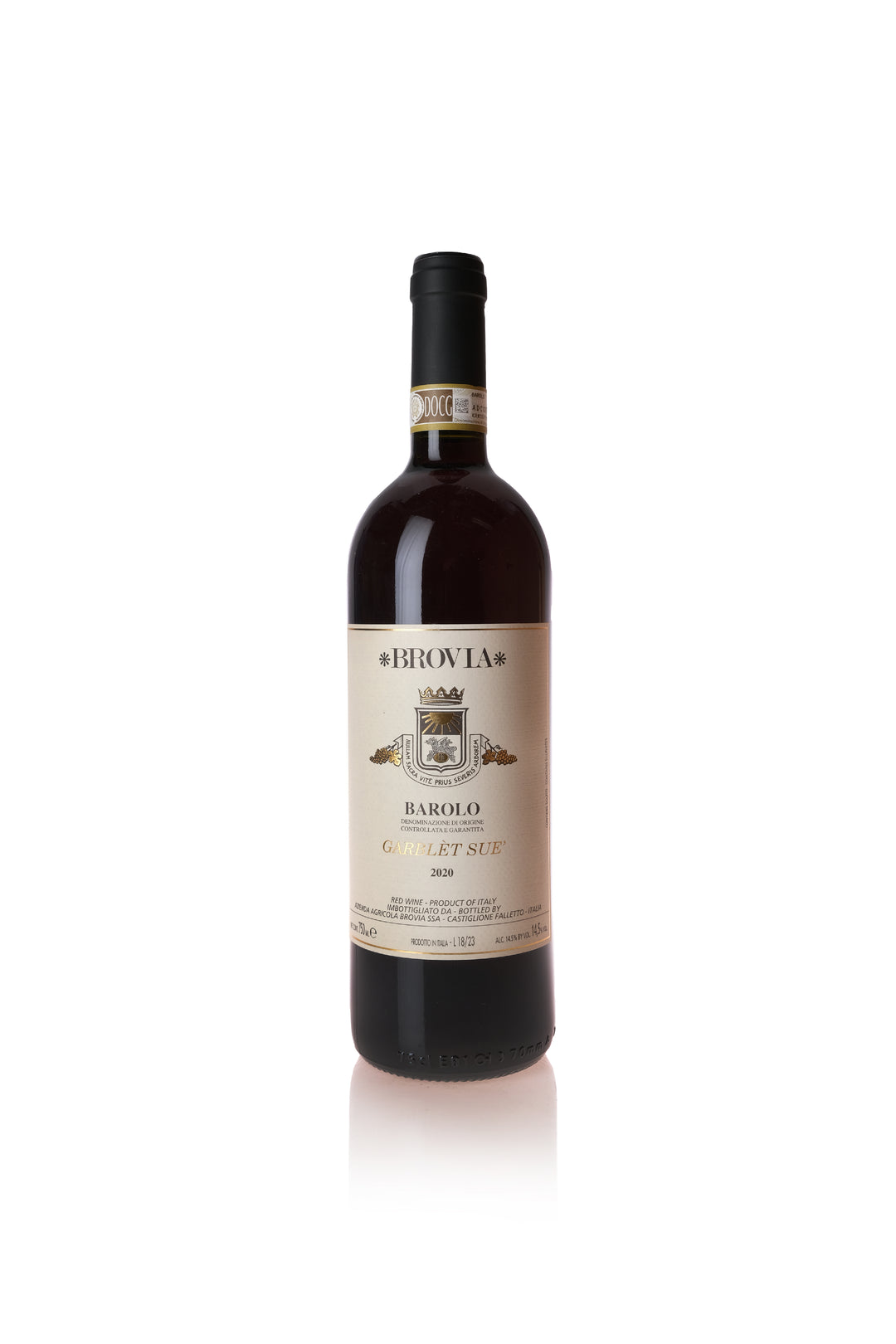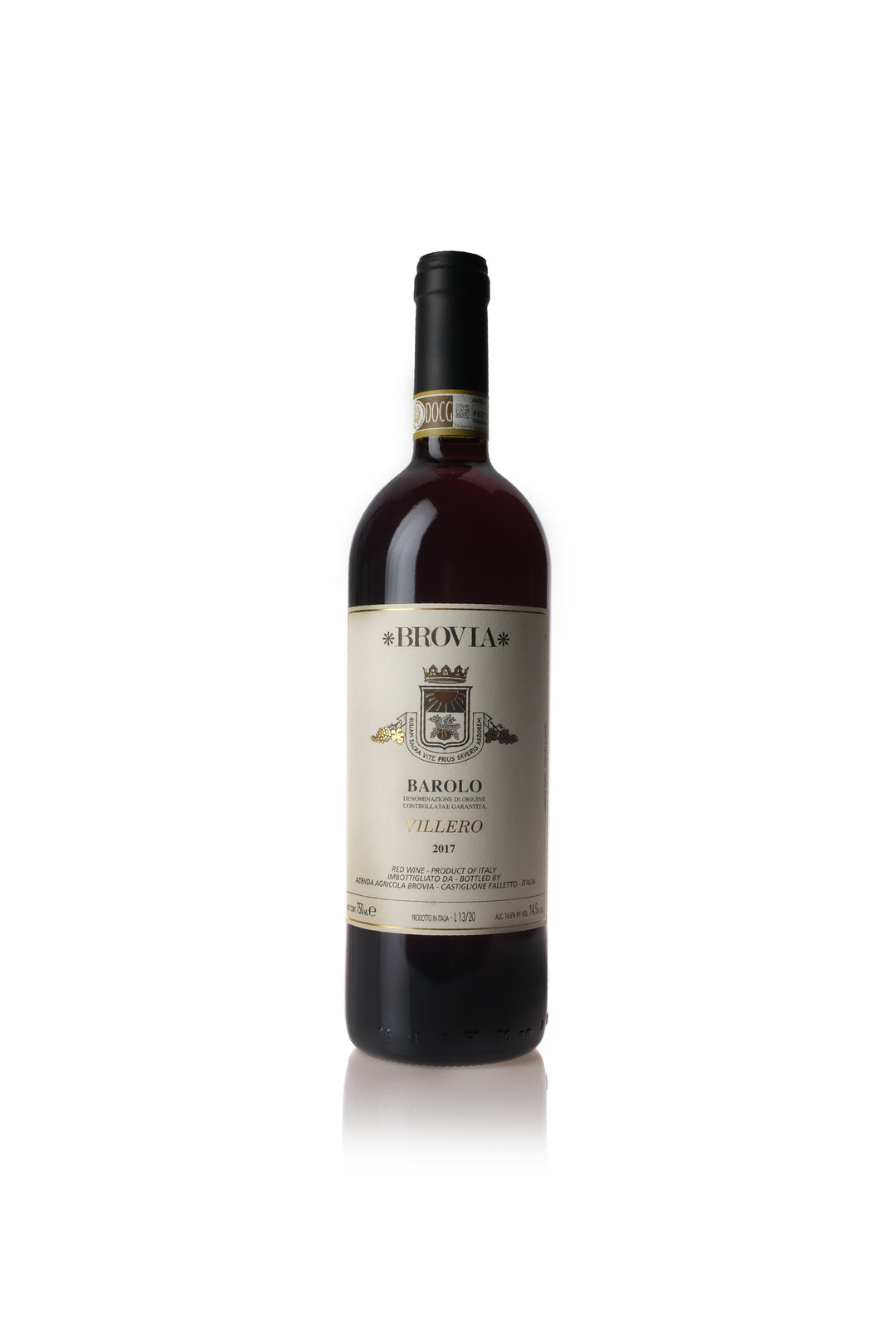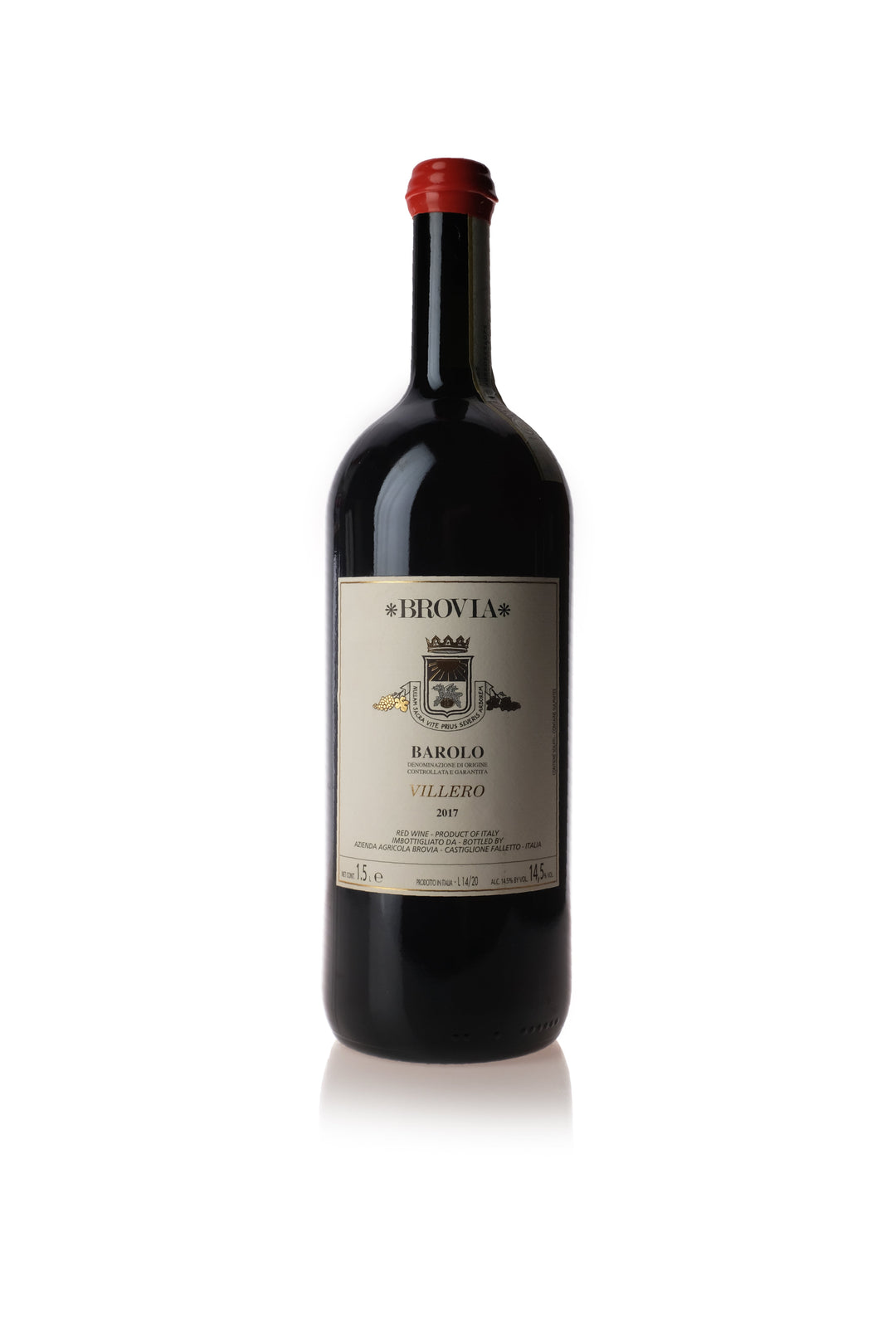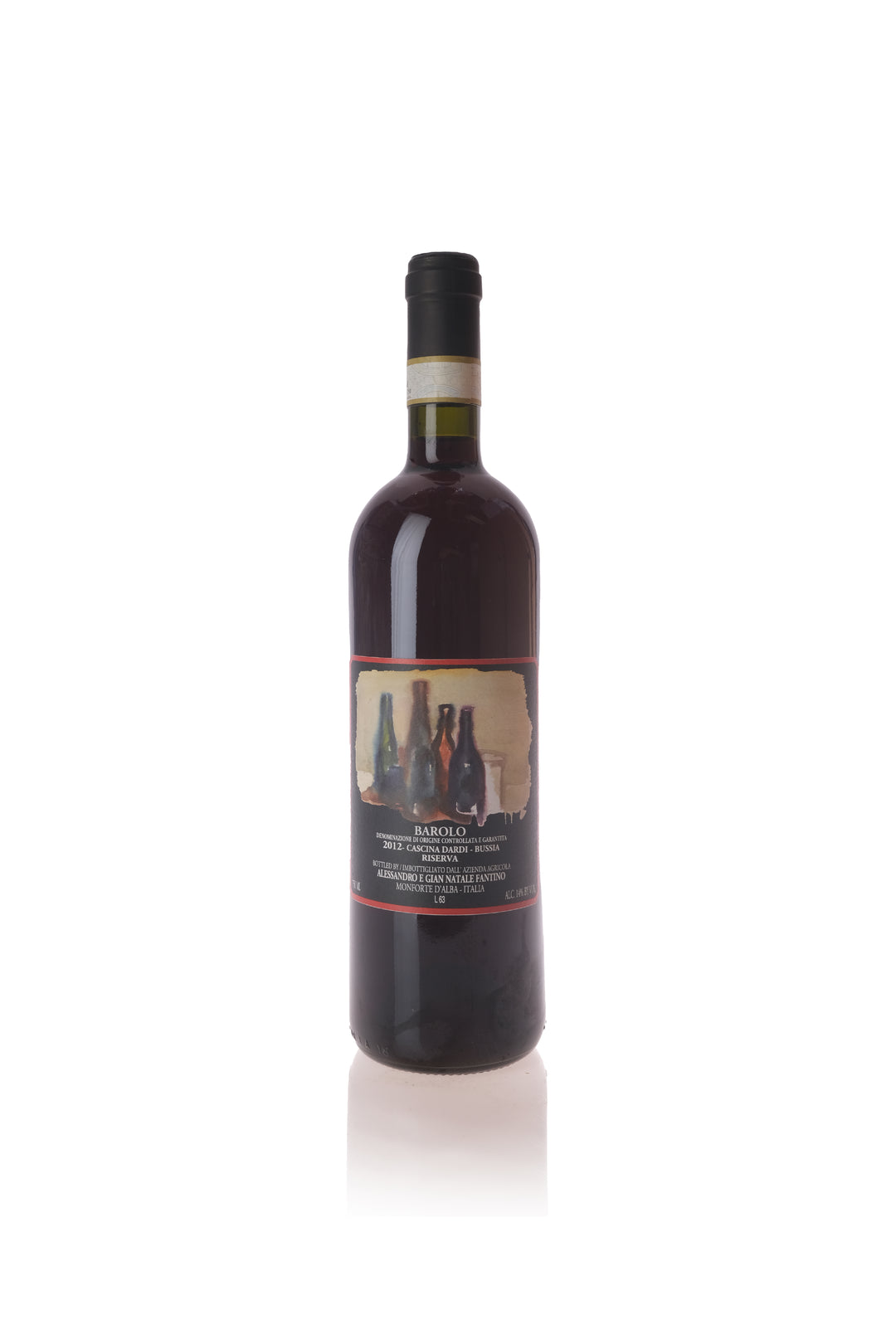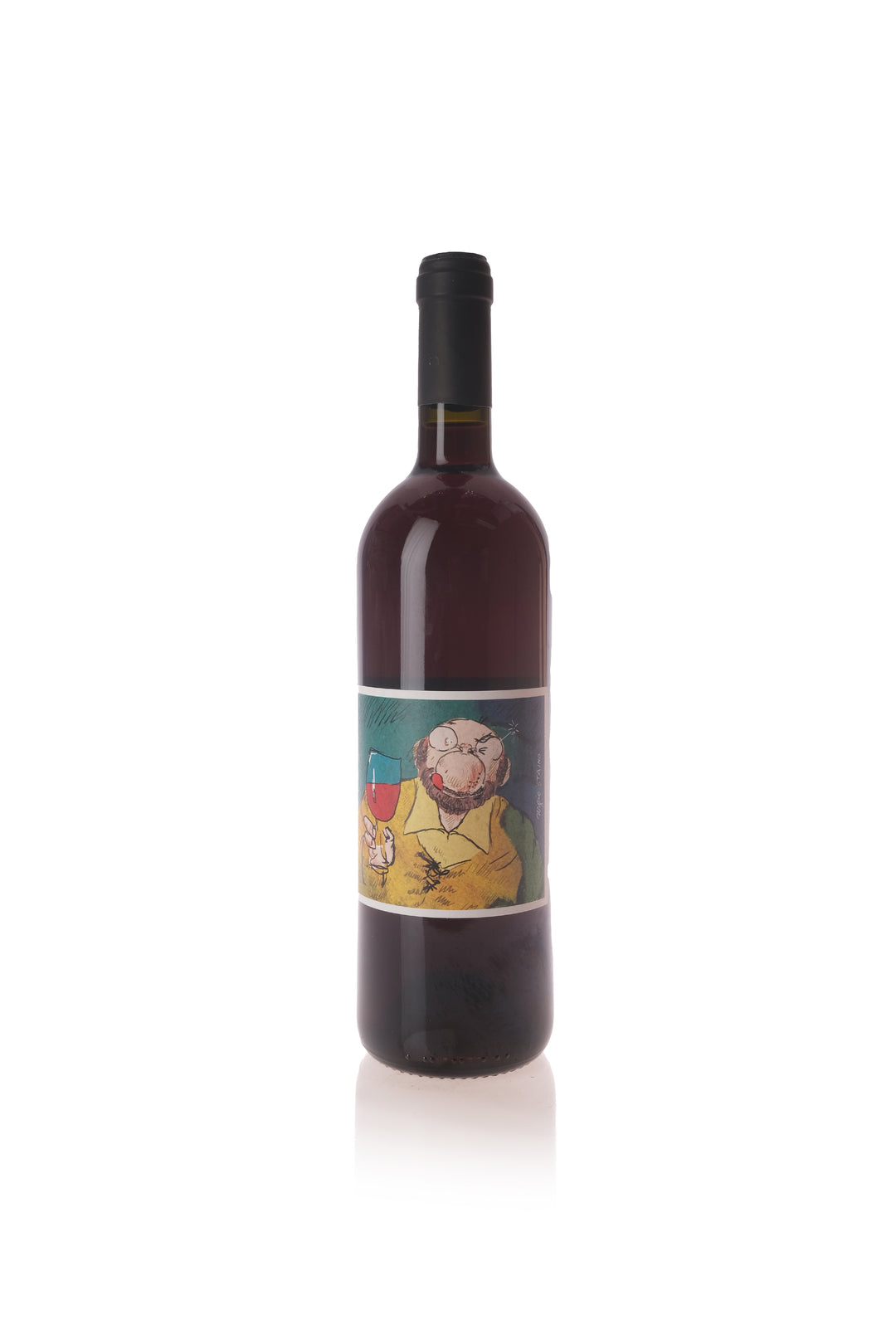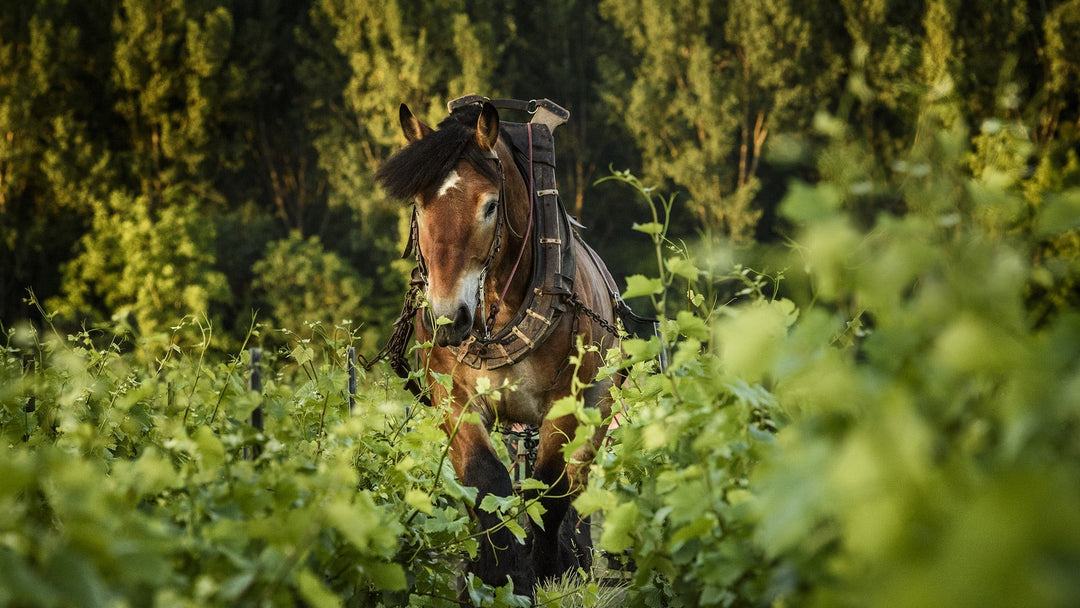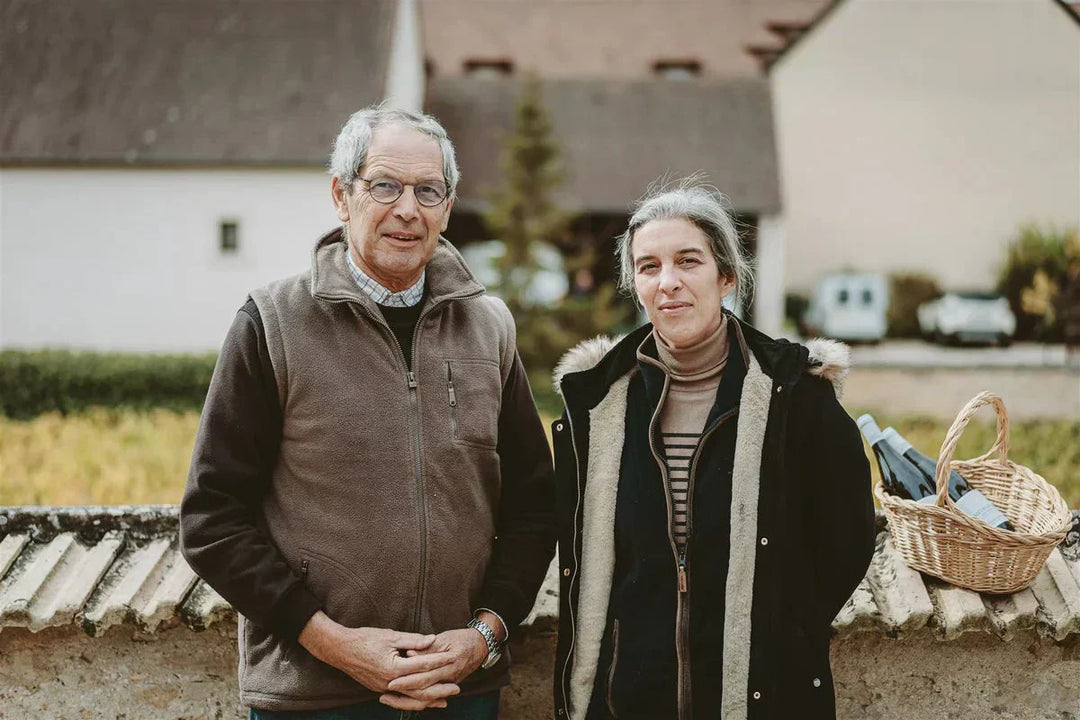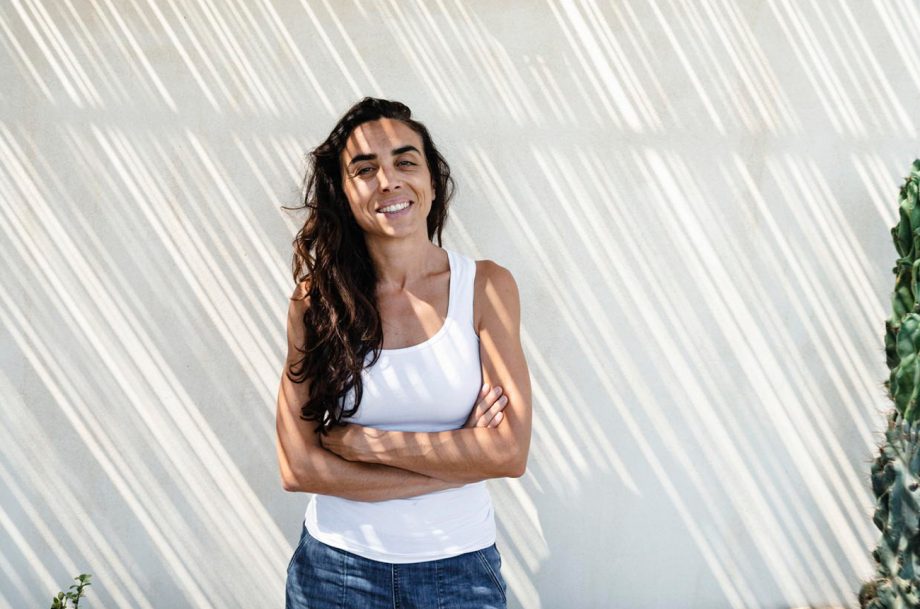IN PRAISE OF TRADITIONAL, MOODY NEBBIOLO
November 11, 2018
Many regard nebbiolo as the finest red grape of Italy, if not the world. It has a similar temperament to Pinot Noir, and can make wines as austere and mysterious as some of the greatest Burgundy. They are both finicky varietals and don’t do well in every vintage (as the much hardier cabernet or syrah do). One wine educator I heard years ago said these grapes were like Sean Penn. When they want to do well, they will and they will nail it, but sometimes they just don’t feel like it.
A Brief Lesson on Terroir & Italian Crus. Nebbiolo has a very special home in the northwest corner of Italy, in the Piemonte region. Piemonte means “foot of the mountain,” in this case, the foothills of the majestic Alps. The region also is known for its thick morning fog (called “nebbia”) that coats the region. It could be the romantic in me fantasizing a bit, but I think the fog smells like burning leaves and white truffles.
Nebbiolo is also the grape behind Barolo and Barbaresco, the king and queen of Piemonte. Though Torino is the capital of this region, Alba—a mid-sized town in the Langhe hills—is the wine epicenter. Barbaresco is on one side of Alba, and Barolo is a little further to the other.
Within Barolo, there are several “crus” that produce wine in different fashions, mostly based on the soil structure. Within Serralunga d’Alba and Monforte d’Alba, the soil is composed of sandstone. In La Morra and Barolo (there is a cru actually called Barolo as well—confusing, but we are in Italy), the soil is similar to that of Barbaresco, a compact and fertile calcareous marl, aka chalk.
The Style War: Traditionalists vs Modernists. Besides the differing soil structures throughout Barolo, there also are varied philosophies when it comes to Barolo being made in a traditional versus a modern style. Traditionalists believe that new oak has no place in Barolo. A true Barolo needs some time in the cellar to relax and let the tannins soften...this is really when the secondary characteristics arise. Barolo’s perfume is tantalizing: tar, roses, evergreen, mushrooms, smoke and TRUFFLE—but you must be patient to be rewarded.
Modernists have started aging their Barolo in new barrique, small oak barrels most often used in Bordeaux, France. The presence of oak is certainly appealing to the international market that has come to love the flavors of vanilla and spice box in their wines. Barrique also gives Barolo the ability to be enjoyed (to some) when it is younger.
In the 1980s, a “holy” war of sorts took place in the region, when the young guns of Barolo, aka “Barolo Boys,” started using these barriques and implementing other modern winemaking methods, instead of the traditional botti of this region. There was actually a documentary made on the subject. Some families were torn up over the matter. Though they did introduce Barolo to a worldwide audience, these wines (to me and the cru) are not true Barolo. We are proud soldiers of Bartolo Mascarello (rest his soul), the king of traditionalists.
Autumn Scenes & Cuisine. The Langhe hills are captivating. I’ve been twice, both times in autumn, and the foliage is breathtaking. The hills look like they’re on fire with the bright orange and red leaves on the vine. The cuisine of the area is everything you want it to be, comforting and delicious.
Veal plin (plin means “to pinch” and are little ravioli where the ends are pinched together), filled with a mixture of meat and cheese, are dressed in butter and parmesan. Butter is more prevalent here than the rest of Italy. Tajarin is a type of very thin spaghetti noodle made with a high content of egg yolk, sometimes even orange in color because of it—and often is served with the highly prized Alba white truffle. Bagna Cauda (meaning “hot bath”) is a mixture of olive oil, garlic and anchovy that cooks for a day or two to soften the harsh flavors, and is served almost like a fondue, over a small flame with local crudite and vegetables for dipping.
All of these dishes are perfect with the local wines. When Barolo and Barbaresco are hanging out in the cellar, waiting for their time to shine, locals often enjoy two other red grapes made for young and quick consumption: Dolcetto and Barbera.
- Lindsay Furia, the CRU
SOME OF OUR FAVORITE NEBBIOLO PRODUCERS
FRATELLI ALESSANDRIA
Langhe Nebbiolo "Prinsiot" 2016 $30 btl
Barolo 2013 $60 btl
VIETTI
Langhe Nebbiolo “Perbacco” 2015 $28 btl
Barolo Castiglione 2013 $55 btl
G. D. VAJRA
Barolo "Albe" 2013 $50 btl
Barolo '“Bricco delle Viole” 2013 $90 btl
A & G FANTINO
Barolo "Cascina Dardi" 2010 $85 btl



